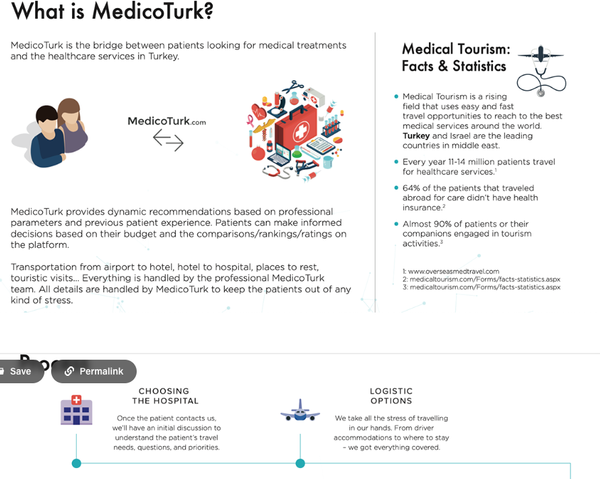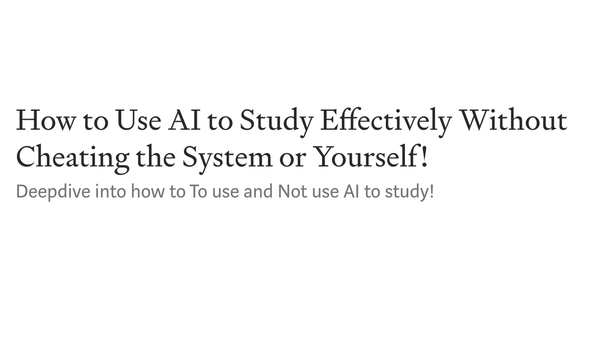How to Write a Rhetorical Analysis Essay: Basic Rules to Follow
Table of Content
The term rhetoric comes from gr. rhetorike – the science of oratory, eloquence. The formation of personality without the intellectual and aesthetic influence of language is impossible. Thus, rhetoric is the science of ways of persuasion, effective forms of influence (mostly linguistic) on the audience.
In the history of rhetoric, there are two traditions of defining the subject of rhetoric:
- The science of ways to persuade by word (according to Aristotle);
- The science of the means of refined speech (according to Quintilian).
Rhetoric is one of the academic disciplines. It consists of four basic parts:
- The history of rhetoric (explores the formation and development of public speaking from ancient times to the present);
- The theory of eloquence, which allows understanding the rhetorical laws, strategies, and tactics of oratory;
- Practical rhetoric, which helps to learn to deliver different types of speeches, lead a discussion, conversation, meeting, telephone conversation, etc.;
- Rhetoric technique emphasizes the principles and mechanisms of proper breathing, eye contact, gestures, emotions, etc.
The subject of study of modern rhetoric is the general patterns of language behavior, which are manifested in different communication situations. The tasks of modern rhetoric include:
- Formation of language personality;
- Search for optimal methods of communication;
- Improvement of mechanisms of mutual understanding of participants of communication.
Thus, rhetoric is a complex science, and it integrates knowledge from such disciplines as philosophy, logic, psychology, linguistics, ethics, stage skills, literary studies, etc. Use college essay help for more information or keep reading.
How Does Rhetoric Relate to Essay Texts?

Any text, including essays, serves as a means of individual influence. It stimulates the mental, emotional, and volitional activity of the recipient of a message. And this is what all the author's efforts are consciously or unconsciously focused on. The stated linguistic position appears as rhetorical. Modern rhetoric is considered the theory of persuasive communication, the art of influence, the science of effective speech communication. But speech communication, in turn, is based on rhetorical and activity approaches.
Aristotle considered speech as a structure consisting of three elements: the speaker – the subject of speech – the listener. Today, it has grown to five or more elements, as the processes of speech realization and perception have become more complicated. It is thought that modern rhetoric explores the functioning of the communicative quartet “Purpose – Idea – Text – Reaction”. The correlation of the three-element model of communication and the communicative quartet allows concluding that the subject of speech in rhetoric is logically considered as a text. And the essay text is usually organized according to the author's intention, directed, and created to influence.
Classical rhetoric, focused on the oral utterance of speech, contains five canons (rules), which are now considered its sections:
- Invention (stage of development of the plan, intentions, ideas, hypotheses of speech, choice of a subject of conversation);
- Disposition (logical proposal of a set of provisions that can ensure the movement to a logical conclusion);
- Elocution (stage of linguistic expression of the subject of communication, linguistic design of speech);
- Memoria (stage of memory training, memorization of speech content);
- Action (stage of external and internal preparation of the speaker for speech and direct realization of speech).
All the canons of rhetoric constitute an ideological-linguistic cycle. It is the systematics of thought and speech activity, adhering to which the speaker will always achieve the goal.
The issue of an essay text in rhetoric as a linguistic, textual science is practically unrelated to memoria and action. It is organically combined with the first three canons: invention, disposition, and eloquence.
Invention Canon
In the context of the invention, the essay text and its creation are connected with the development of a rhetorical concept. It contains the concepts of the system of knowledge, actions, generation and coding of the text, its decoding and understanding:
- With the choice of the subject of speech and the development of its vision;
- With the coverage of the problem, especially important issues;
- With the examination of literature sources and acquaintance with other people's experience;
- With critical thinking and rethinking of one's own or someone else's experience.
Thus, the basis of the previous stage of essay text creation is the subject of speech and the preparation of the author to present it. Rhetoric teaches how to ensure the quality of the subject content of the text. At this stage, the first ‘golden’ rule of rhetoric begins to work – ‘thesis and slogan’. According to it, the speaker must formulate a thesis – an opinion that needs to be proven.
Disposition Canon
Working with the essay text at the stage of disposition involves the organization of the message, its structuring, and composition:
- Drawing up a plan to implement the golden rule of the plan and episteme;
- Formulation of theses, methods, and means of their argumentation according to logical procedures;
- Predicting the effect of a message, and so on.
Completion of the preparatory stage of text creation requires competence from the author of the text. After all, according to the golden rule of Cicero's formula, he/she must state any question on the subject of the text with knowledge of the case.
Experience shows that neglect of the outlined preparatory stages of text creation leads to negative consequences. There may be semantic and logical errors in the text, incomplete disclosure of the topic, poor argumentation, etc.
Eloquence Canon
Rhetoric positions the stage of eloquence as preparatory (pre-communicative) in the sense of preparation for public speaking. But in the context of essay text creation, it is the main one. The language and speech design of the text is carried out following grammatical and stylistic norms and the developed structure.
Adherence to the golden rule of the Cicero formula implies that the text is designed in a coherent and elaborated way. This is manifested in the concepts of ‘content’ and ‘form’. Content is the unity of all the elements of the whole, its properties, and connections, which is expressed in the form. Form – appearance due to internal content. In the theory of rhetoric, ‘coherent’ and ‘elaborated’ are not considered separately. According to this rule, the text must be designed in the unity of content and form
Thus, modern rhetoric studies the essay text as a product of speech. Text formation – language formation in the prospect of invention, disposition, eloquence, and implementation of golden rules. However, the text as a linguistic category should be analyzed in the light of rhetorical aspects:
- General aspects of communication, text creation, speech situation;
- Key aspects of the impact and effectiveness of the speech.












